[Source: "High-tech new industry" December issue / reporter Liang Zhongrong]
Even under the impact of the financial crisis and the European debt crisis, there is still a large influx of capital, which makes the cost of the entire PV industry chain drop rapidly. This cost reduction has surpassed the technological progress itself. However, in the event of market cold, China's large and medium-sized PV manufacturers collectively lost money. At present, about 50 domestic enterprises have been eliminated, and about one-third of enterprises have stopped production and reduced production.
The infiltration of solar photovoltaics has been more than five years, but Yao Feng, vice president of Jinko Energy (NYSE: JKS), is still shocked by the rapid rise of China's photovoltaic industry.
“In 2007, the price of PV modules was around 24.5 yuan/W, but now it only costs about 5 yuan/W. The speed of cost reduction is difficult to match in Other industries.†Yao Feng gave an example of “New Industryâ€. The price of this component is to build a photovoltaic power station in a region with a bright light in western China, and its power generation cost can compete with conventional energy.
On the other side of the globe, the United States and the European Union have successively pushed China's photovoltaic companies to the "double-reverse" filing procedure, and the combined value of the two has reached 22.4 billion US dollars. The US Department of Commerce has passed the "double-reverse" final ruling, with up to 33%-365% of the penalized tariffs separating photovoltaic cell manufacturers from the US market.
Different from the "double-reverse" of any product in the United States and the European Union, the "double-reverse" investigation against the Chinese PV industry has encountered opposition from more than 90% of PV manufacturers in the two places from the beginning, and this part of the manufacturer is not manufacturing. Mainly, it is dominated by polysilicon and E PC (engineering general contracting) manufacturers. These companies have benefited from China's photovoltaic products, which have suffered from price competition.
As a rare high-tech field in China that stands in the same starting line as Western Europe and the United States, it relies on the combination of Shi Zhengrong, Zhao Jianhua, Wang Aihua, Zhang Fengming, Dai Ximing and other returnees, local talents, and low-cost labor, plus the accumulation of private capital. In a radical influx, China's photovoltaic industry has grown from a small brick to a skyscraper in the world for the past 10 years.
Even under the impact of the financial crisis and the European debt crisis, there is still a large influx of capital, which makes the cost of the entire PV industry chain drop rapidly. This cost reduction has surpassed the technological progress itself.
“For example, a car, new technology will increase its fuel efficiency by 10%, but it will also increase the price of the car by 20%, which makes sense in the era of high oil prices. But the paradox is that oil prices are falling and you are having difficulty Seeing the bottom, the cost of fuel economy brought about by technological advancement is meaningless, because the price of oil is falling faster than the cost of saving fuel.†An executive from Jiangsu Zhongneng Silicon Industry made a metaphor.
This advantage has two advantages: international companies face China's entire industry chain and lower cost competition, and lose ground; on the other hand, photovoltaic power generation costs will reach 0.6 yuan / kWh in 2012, and can be compared with conventional energy competition.
Cost win
At the University of New South Wales in Australia, with the laboratory of Martin Green, the father of solar energy, the Chinese students who graduated from the University of New South Wales in Australia have now supported half of China's PV industry, and have already formed a Chinese PV industry. "University of New South Wales".
Their names are: Shi Zhengrong, Zhao Jianhua, Wang Aihua, Zhang Fengming, Dai Ximing, Ji Jingjia, Zhang Guangchun, Cai Shijun, Zheng Guangfu, Yun Fei, Tang Yunhui, Yao Guoxiao, Song Dengyuan...
Among these people, Shi Zhengrong is the owner of several patents for thin film solar technology, and Zhao Jianhua and Wang Aihua have maintained a world record of 24.7% photoelectric conversion efficiency of crystalline silicon cells.
Among them, some of the current positions are: Shi Zhengrong is the chairman of Wuxi Suntech, Zhao Jianhua is the chief technology officer of CLP, TANDBERG is the CEO of Xuguang Global Optoelectronics, Yang Huaijin is the CEO of Hairun Photovoltaic, and Wang Aihua is the vice president of CLP. President, Zheng Guangfu is the chief technology officer of Jiangmen Shangri New Energy, Zhang Fengming is the chief technology officer of Tianwei New Energy, Dai Ximing is the chief technology officer of Eric Solar Global Optoelectronics, Song Dengyuan is the chief technology officer of Yingli, and Stuart Wenham is the chief technology officer of Suntech.
The marketization of China's PV industry was first started by Wuxi Suntech Power, which was founded by Shi Zhengrong, and then continued to move forward in the wake of the power plant installation in Germany. The high international market competition quickly formed a wave.
As a result, the world's leading photovoltaic technology brought back by returnees, the government's industrial encouragement, the rich capital and cheap labor combined, China's photovoltaic cell production capacity jumped to the top in the world in 2007.
Today, polysilicon accounts for about 60% of global production capacity, silicon wafer production capacity is about 70%, polycrystalline silicon battery production is nearly 70%, and component production capacity accounts for about 70%. The huge advantage in the entire photovoltaic industry chain makes the whole world The photovoltaic industry has felt the strong impact of Chinese PV companies.
The aforementioned Zhongneng executives said that the development of photovoltaic enterprises has subverted people's perception of China's cost advantage in the past. Under the premise that technology is lagging behind, China's rich capital has quickly caught up to make up for technological cracks, thus creating a strong Competitiveness. “Because the photoelectric conversion rate of crystalline silicon cells has increased from 15% to 20% in the past 4 years, the cost reduction has been much higher than thisâ€.
According to statistics, since the beginning of 2011, polysilicon, silicon wafers, battery chips, and components have fallen by about 71%, 60%, 63%, and 52%, respectively. Chinese companies have contributed to this.
Inspired by the prospect of photovoltaics, 31 provinces, municipalities and autonomous regions have listed the photovoltaic industry as an emerging industry with priority support for development; 300 of the 600 cities have developed photovoltaics, and more than 100 have built photovoltaic industry bases: Xuzhou, Hangzhou, Suzhou, Nanjing, Taizhou, Wenzhou, Heyuan, Guilin, Kunming, Yinchuan, Dunhuang, Erdos, etc., the photovoltaic industry is blooming in dozens of cities.
"The photovoltaic industry is indeed overcapacity at present. I personally estimate that the production capacity of the entire industry may be over 200%." ​​Wang Yuelin, chairman of Silicone Technology, predicted this.
Unfinished
For more information, please click http://

Taihang Jiaxin lead-acid battery charging system is suitable for maintenance and non-maintenance operations. The primary function of the charging system is to provide continuous load while charging the battery without supervision. It is suitable for high reliability emergency backup power systems. Controlled by solid state thyristors with electronic sensing and monitoring. The charging characteristic is a constant potential with a current limit. The primary function of the charging system is to provide continuous load while charging the battery without supervision. The charger rectifier circuit provides 100% of the rated current, while the float/boost charges a group of lead acid batteries.
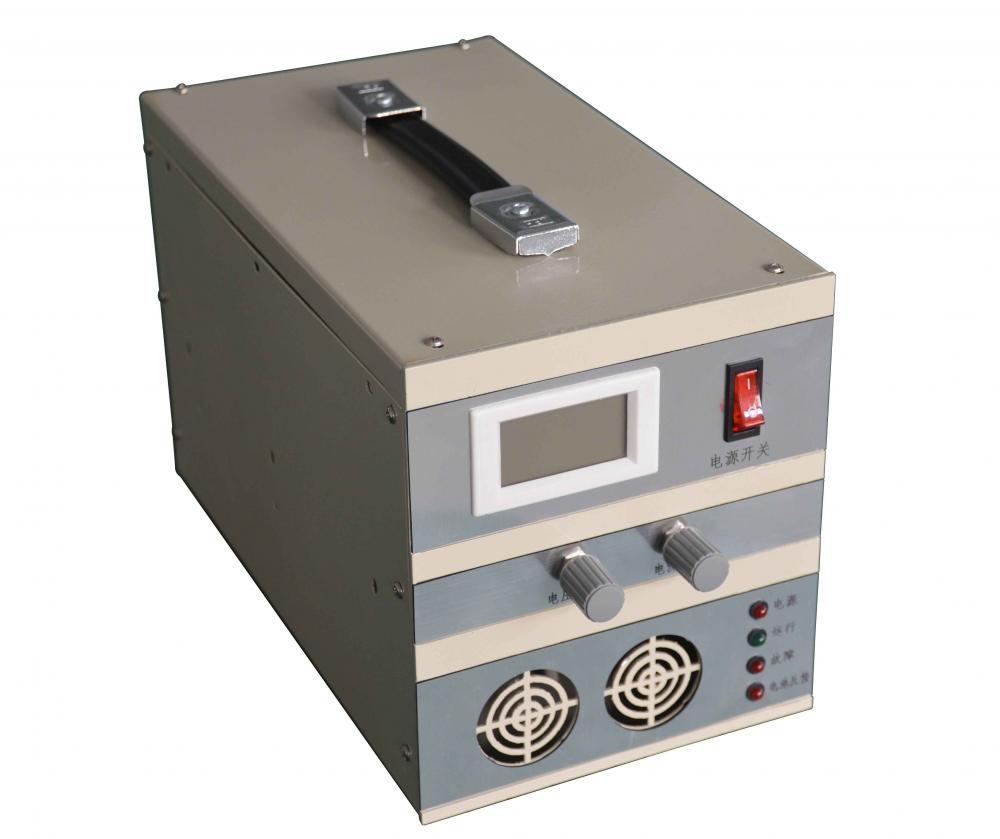

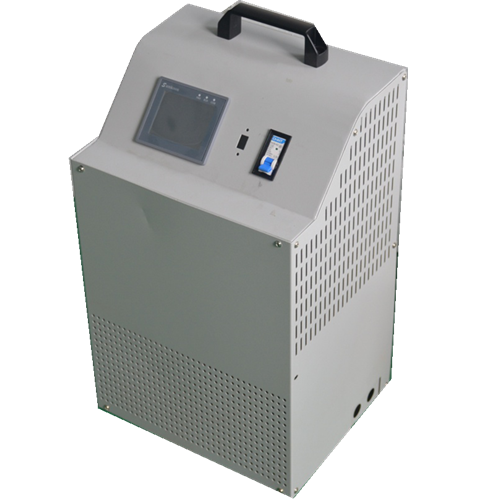
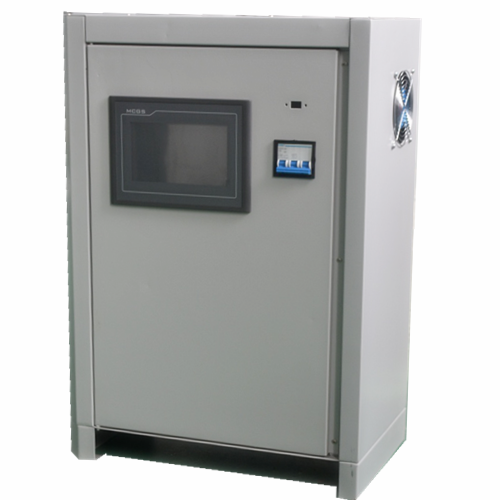
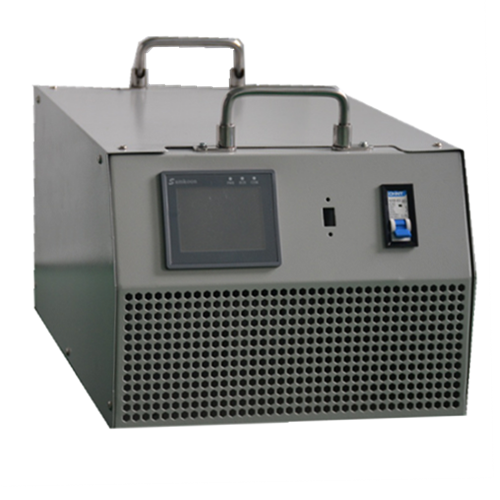
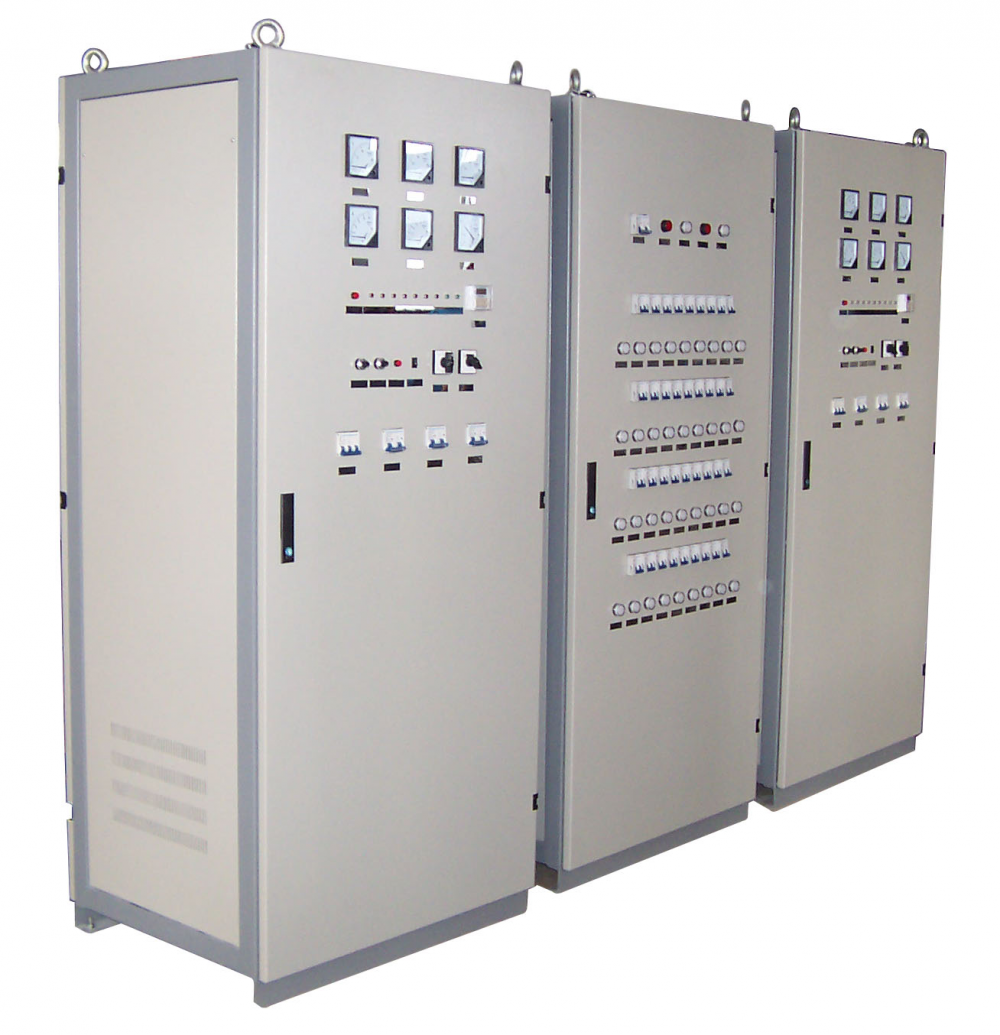
Lead Acid Battery Charger,Automatic Battery Charger,Intelligent Rapid Charger,12V Lead Acid Battery Charger
Xinxiang Taihang Jiaxin Electric Tech Co., Ltd , https://www.agvchargers.com